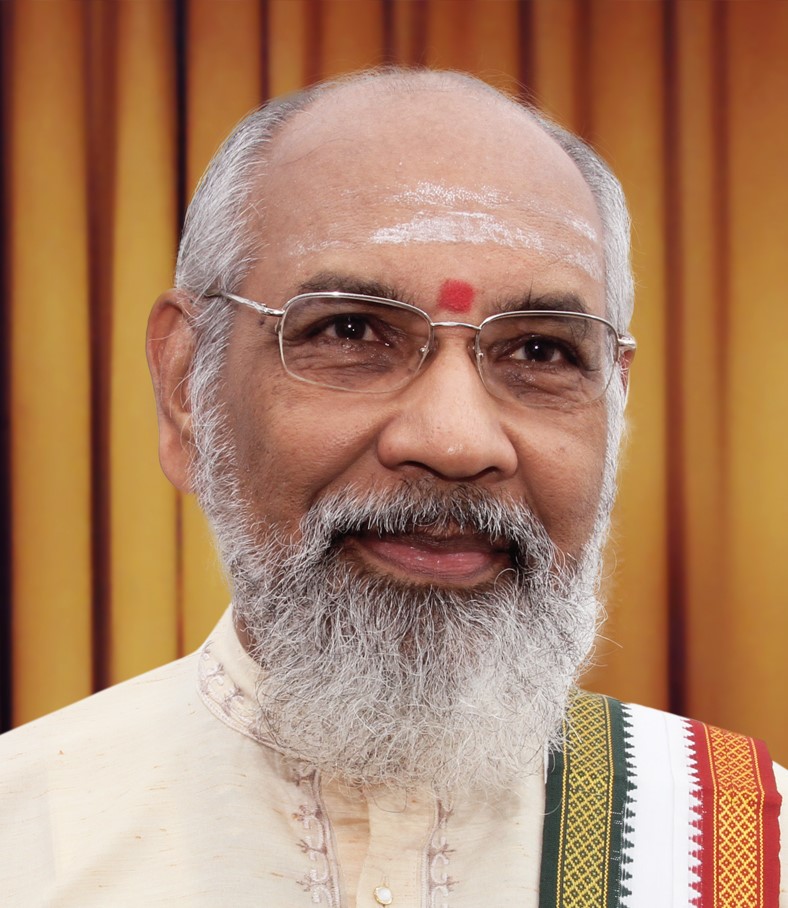Fact Check
To evaluate this statement, FactCheck referred to the 2019 annual report of the Sri Lanka Labour Force Surveys published by the Department of Census and Statistics (DCS). For purposes of this analysis we consider the districts falling into the Northern and Eastern provinces as “war-affected” areas.
In the war-affected areas the highest district unemployment rate is 7.2%, in Batticaloa, and the weighted average unemployment rate is of 5.8%, both of which are much less than the 10% claimed by the MP. (In several districts in the Northern Province, where unemployment rates are very low, DCS notes that its estimation may not be statistically reliable; however, this is not the case for districts with the larger unemployment estimations).
The national weighted unemployment rate was 4.4%. There is a 1.4 percentage point difference against war-affected areas, which is less than half the percentage point difference claimed by the MP. The districts with the highest unemployment rates in Sri Lanka are recorded as Matara (7.5%), Matale (7.4%) and Hambantota (7.3%), which all exceed the highest district unemployment rate recorded in the war-affected districts (Exhibit 1).
Because the rate and disparity of unemployment rates in war-affected areas are very much lower than what the MP claimed, we classify his statement as FALSE.
*FactCheck’s verdict is based on the most recent information that is publicly accessible. As with every fact check, if new information becomes available, FactCheck will revisit the assessment.
Exhibit 1: District unemployment rates (2019)

Additional note:
Unemployment rates can be an insufficient indicator of the lack of economic opportunity that disproportionately affect war-affected areas. Labour force participation, which measures the share of the population of working age who work or are searching for work and the number of jobs per capita, provide a wider view of economic opportunity in different districts.
War-affected districts have the lowest labour force participation rates (LFP) and jobs per capita compared to the rest of the country—the weighted average LFP in war-affected areas stands at 45%, while it is 53% in the rest of the country, an 8-percentage point difference. The rest of the country has 109 more jobs per 1,000 people than war-affected districts (536 vs. 427).
There is a significant disparity in both the rate at which people in war-affected districts participate in the economy as well as the job opportunities that are available for them in comparison to the rest of the country.
Exhibit 2: Labour force participation rates and jobs per 1,000 people (2019)

Sources
- Department of Census and Statistics, Sri Lanka Labour Force Survey Annual reports 2019, Chapter 5, available at: http://statistics.gov.lk/LabourForce/StaticalInformation /AnnualReports/2019


